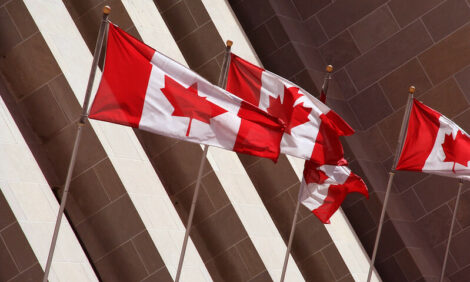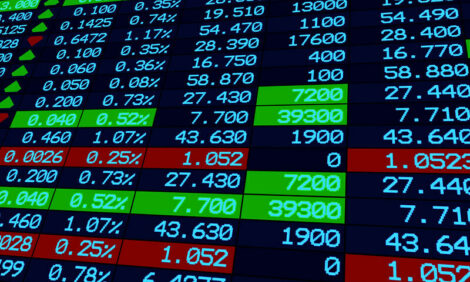



Rabobank: Inflationary pressure renews focus on efficiency, slows growth
Feed costs have increased 20% year on yearAccording to Rabobank's Global Pork Quarterly report, pork producers’ returns will be challenged by rising costs – including feed, energy, freight, herd health, and labour expenses. Production growth is expected to slow, as is global trade. Uncertainty remains regarding how consumers will respond once higher costs are passed on to them.
Higher feed and energy costs are expected to pressure margins. A disappointing South American crop and Black Sea grain export uncertainty are exacerbating an already tight global feed supply, increasing feed costs 20% YOY. Producers will focus on efficiencies and limit herd growth, with expected declines in financially stressed regions including the UK, Germany, and Southeast Asia.
Consumer demand remains mixed. Pork sales remain brisk in the US and South Korea, which have emerged from pandemic restrictions, while sales have lagged in countries like China, Japan, and Mexico, which are still struggling with Covid-19-related dining restrictions and weaker economic growth. Rabobank expects higher-cost pork to limit 2H 2022 demand, despite improved in-home consumption and high-cost protein alternatives.
The global pork trade in 2022 is expected to decline, driven by weaker economic trends and ample pork supply, according to the report. Slower 1H 2022 exports will likely continue, as buyers remain cautious due to global economic uncertainty and higher-cost pork, unless import markets find themselves short.








